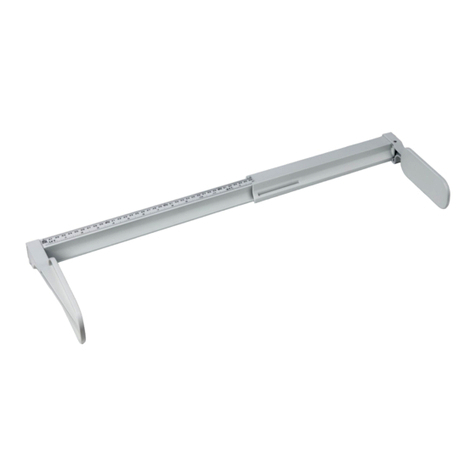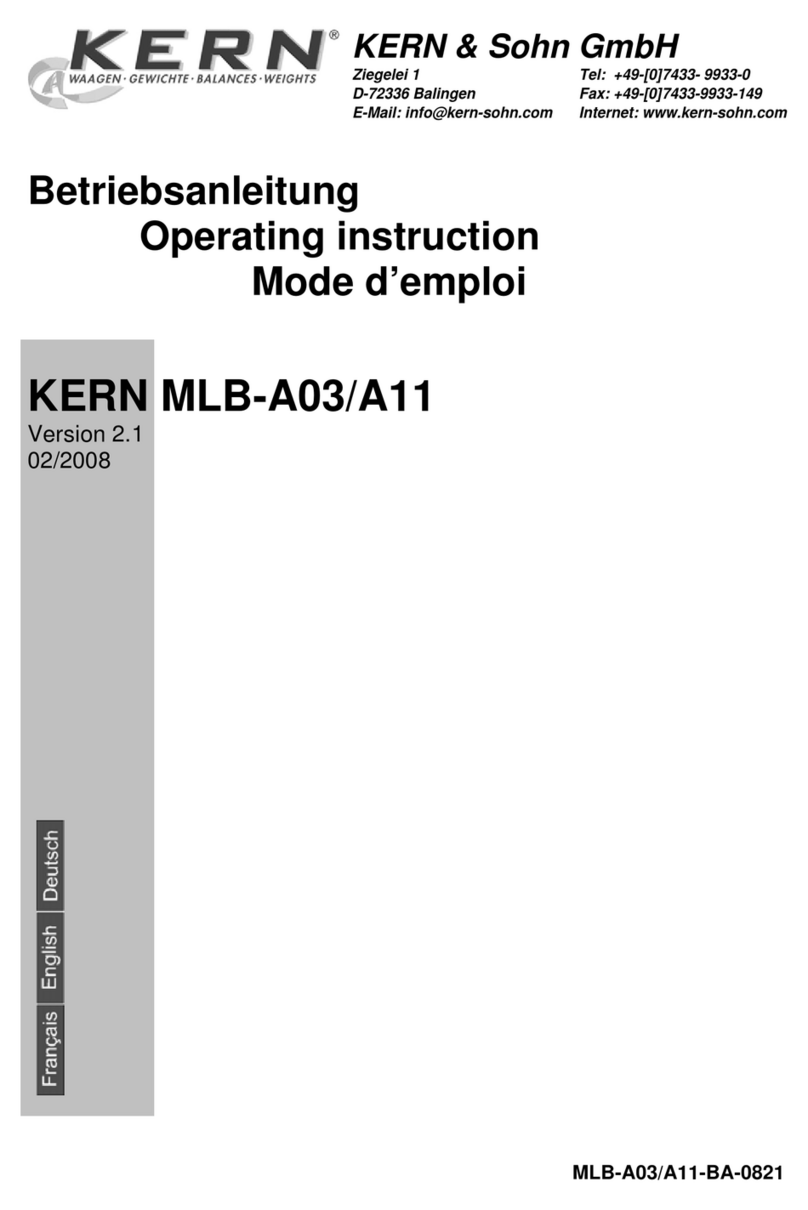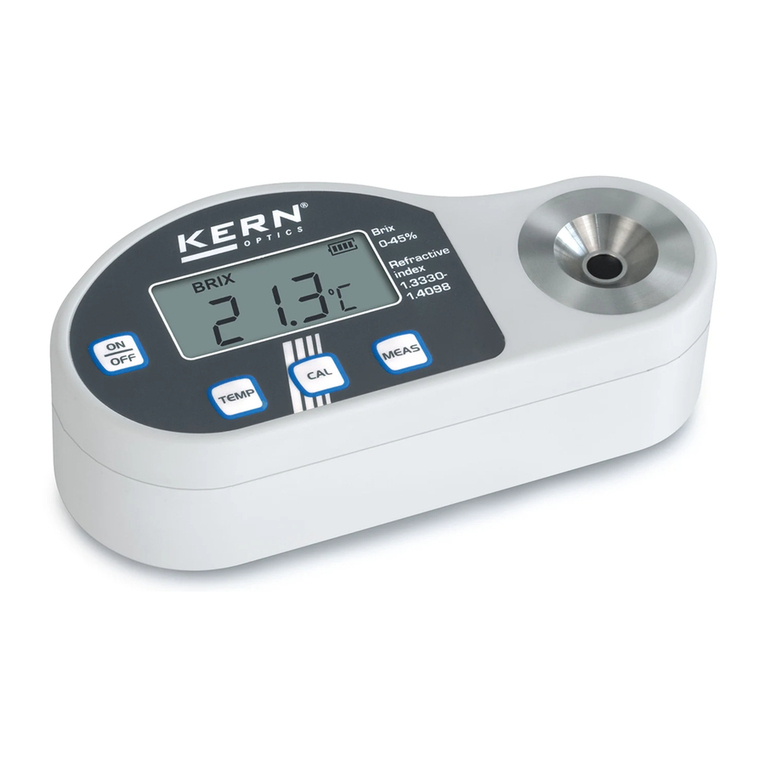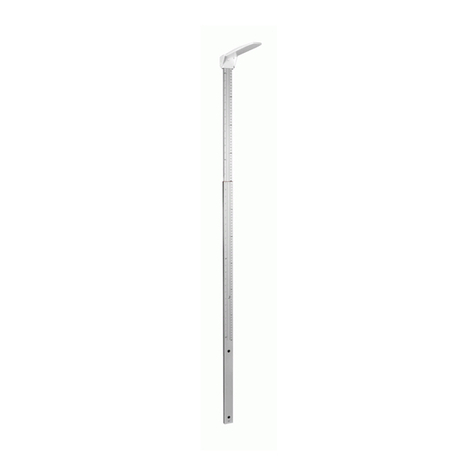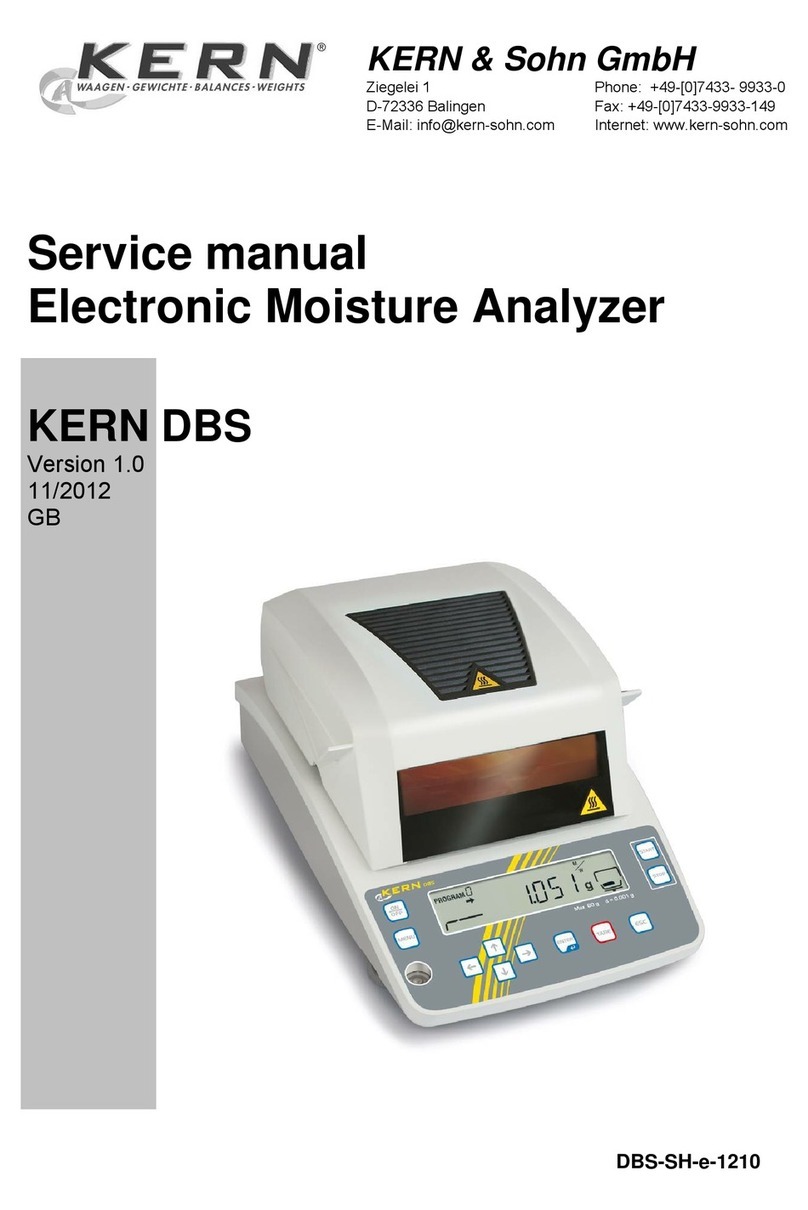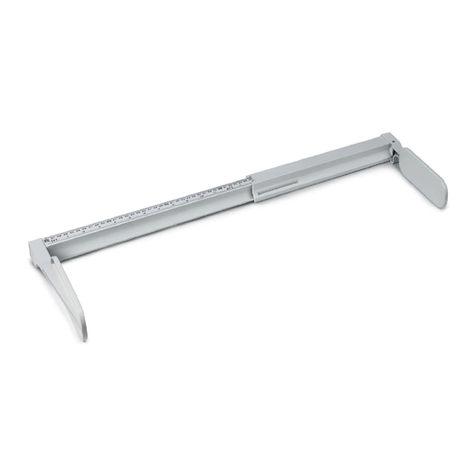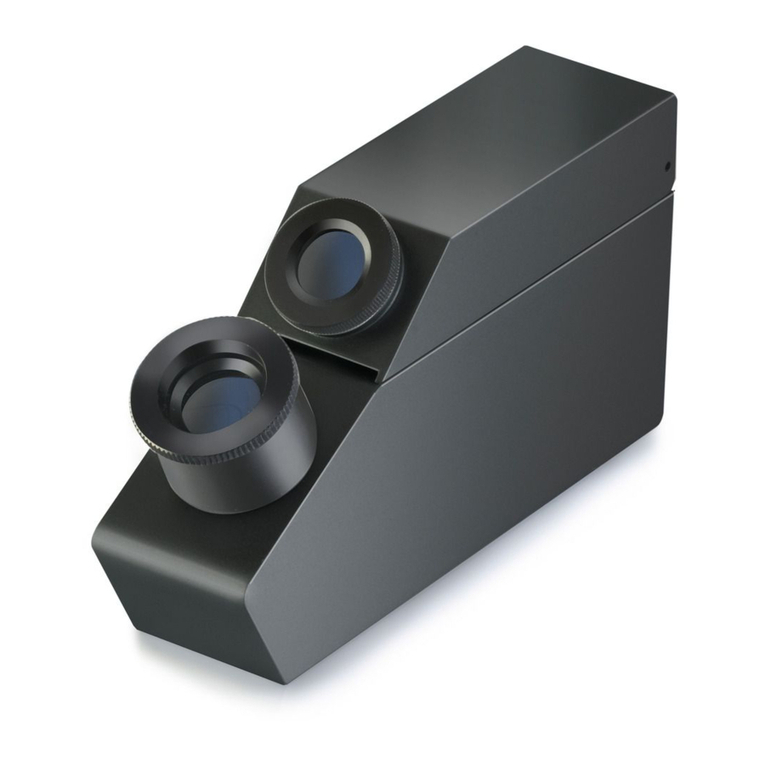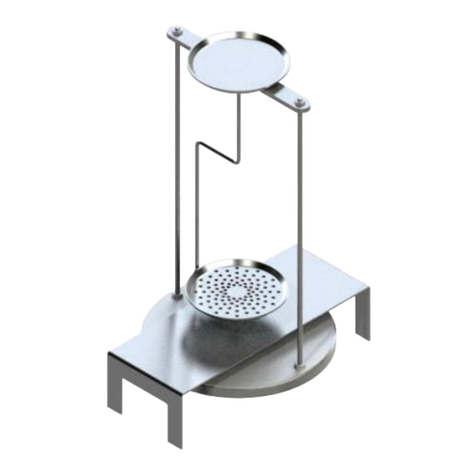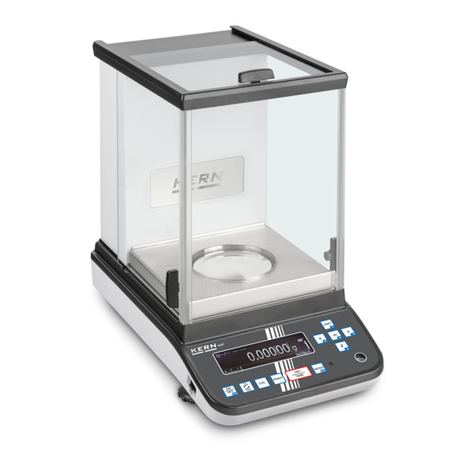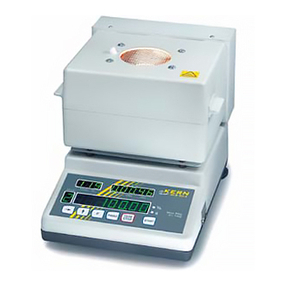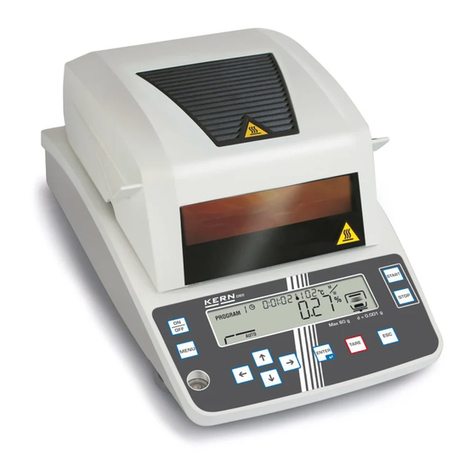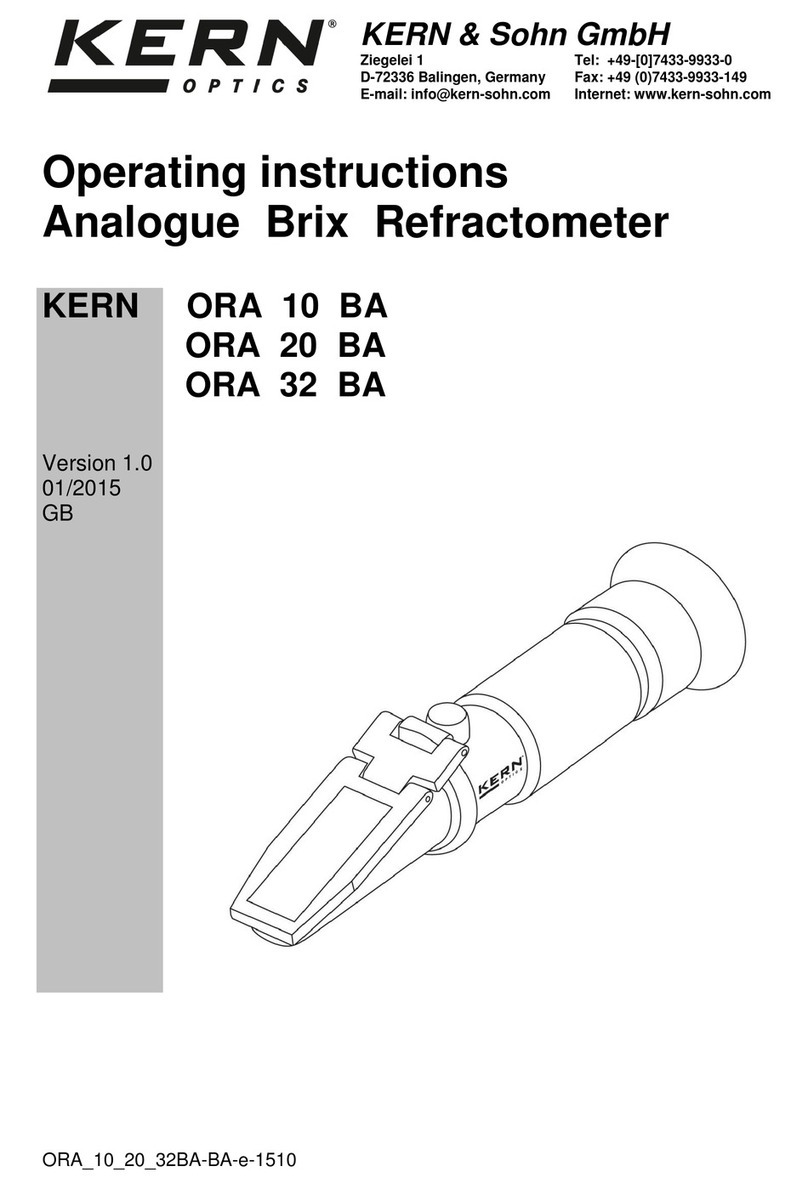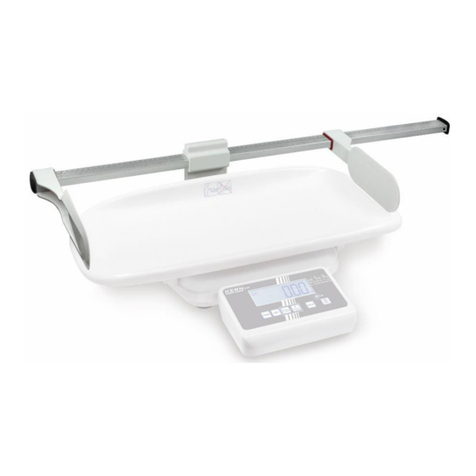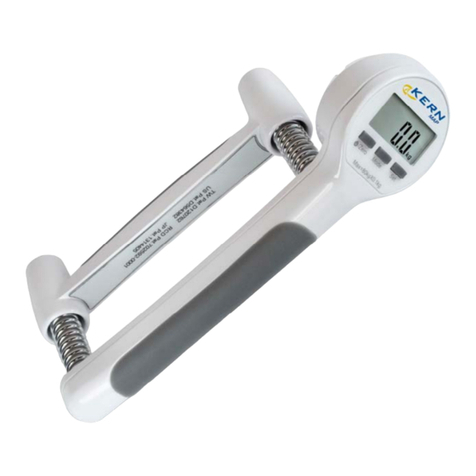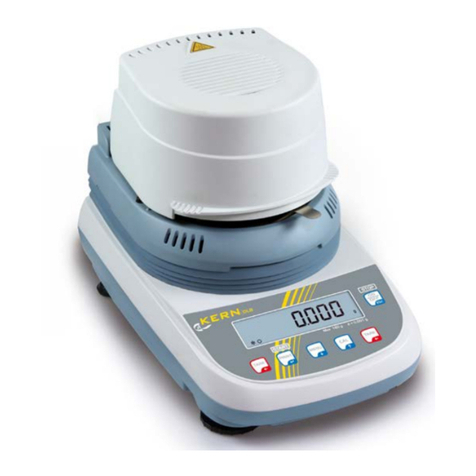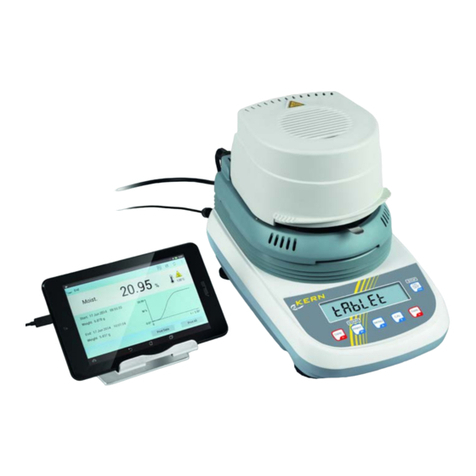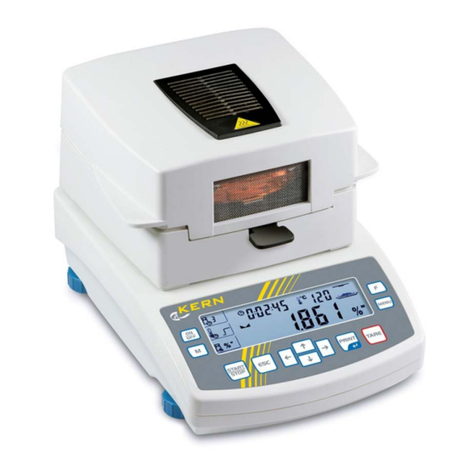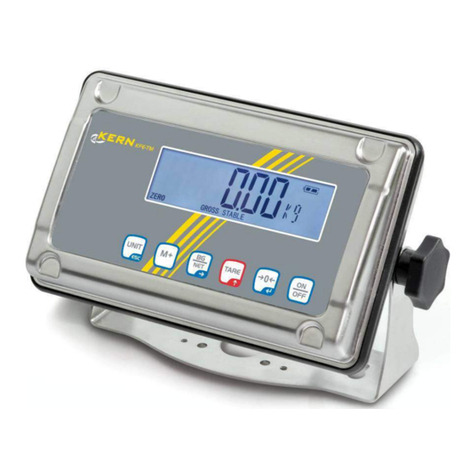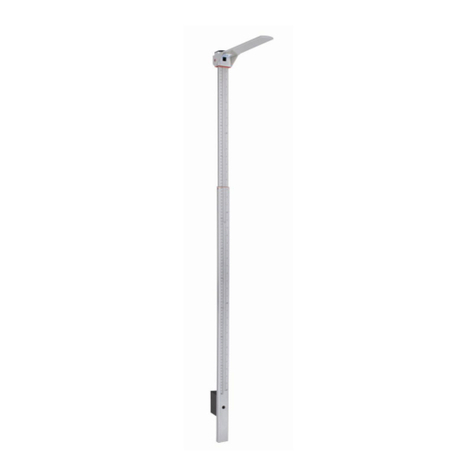
DAB-BA-e-15113
6UNPACKING, SETUP AND COMMISSIONING ............................................... 16
6.1 Installation Site, Location of Use.............................................................................................. 16
6.2 Unpacking and checking ........................................................................................................... 17
6.2.1 Scope of delivery / serial accessories:................................................................................. 17
6.3 Placing ......................................................................................................................................... 18
6.4 Levelling ...................................................................................................................................... 19
6.5 Mains connection........................................................................................................................ 20
6.6 Switching on and off................................................................................................................... 20
6.6.1 Initial Commissioning ........................................................................................................... 21
6.7 Connection of peripheral devices............................................................................................. 21
7ADJUSTMENT.................................................................................................. 22
7.1 Weight adjustment...................................................................................................................... 22
7.2 Calibrate / adjust temperature of the heating module ............................................................ 24
7.2.1 Temperature calibration ....................................................................................................... 24
7.2.2 Temperature adjustment...................................................................................................... 27
8CARRY OUT YOUR FIRST MEASUREMENT ................................................. 28
9DEFINE DRYING PARAMETERS .................................................................... 30
1. Enter ident number for drying method..................................................................................... 30
2. Set heating profile....................................................................................................................... 31
3. Selecting switch-off criterion .................................................................................................... 33
4. Set drying temperature .............................................................................................................. 34
5. Setting the drying period for time-controlled switching-off................................................... 35
10 CARRYING OUT DRYING AND MEASURING PROCESSES ..................... 36
11 RS 232 INTERFACE ..................................................................................... 39
11.1 Technical data......................................................................................................................... 39
11.2 Setting the baud rate.............................................................................................................. 39
11.3 Print out protocol:.................................................................................................................. 40

